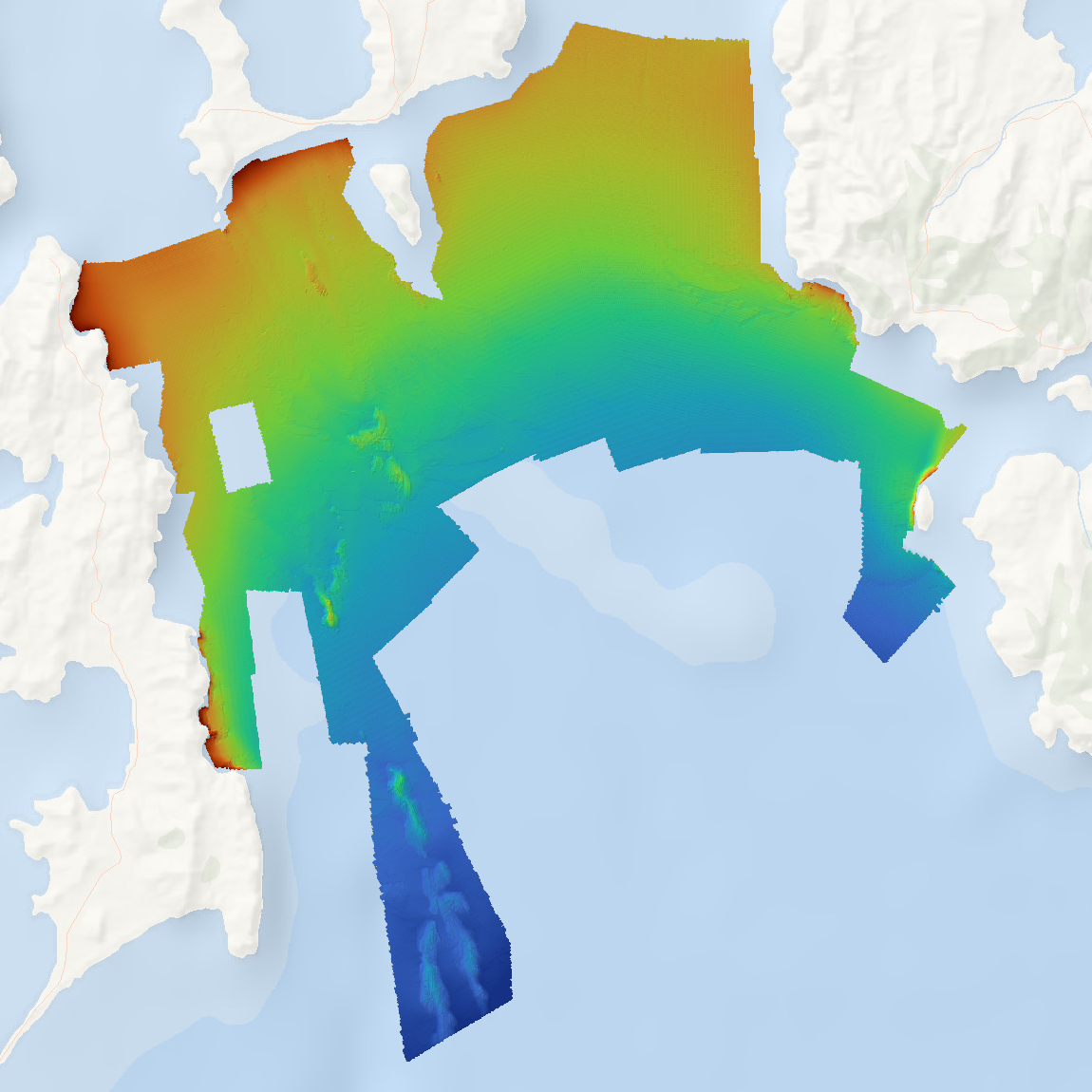Coastal Waters (Australia) | Coastal Waters (Australia) | Tasmania Coast East and Southeast, TAS
Type of resources
Topics
Keywords
Contact for the resource
Provided by
-

Location of the Giant Kelp (Macrocystis pyrifera) outplant trial sites. This is part of a collaborative project between IMAS, The Nature Conservancy, CSIRO and NRM South to restore giant kelp forests in Tasmania.
-
This data is from experiments conducted at IMAS Taroona laboratories on predation of urchins by the Southern Rock Lobster. Four experiment types were conducted, including live urchins, urchin roe and trimmed urchins. This data is directly linked to a publication manuscript in preparation for submission to Animal Behaviour journal [link TBA].
-
Output of population growth and fishing model for Longspined sea urchins (Centrostephanus rodgersii)
This study created a size-structured stock assessment model to examine the population dynamics and fishing impacts on the long-spined sea urchin (Centrostephanus rodgersii) on the east coast of Tasmania, Australia. The model tracks urchin abundance and growth through size classes over time, using a transition matrix to determine how individuals grow each year, for nine (9) East Coast Tasmanian regions described by Ling and Keane (2018). It begins in 1960 with no population, reflecting the species' first recorded presence in Tasmania in 1978. The model runs until 2160, but the focus of the paper and results is for management options in the next 5 to 10 years, plus retrospective examination for the past 15 years since commercial fishing began. The model generates data through the model testing and fitting process. Output files are defined by three 'classes' (biomean, fitsum, nevermean), with each class producing results for the nine different geographic regions. (1) 'biomean' is predicted urchin density (kg/m2) for each region; (2) 'fitsum' is the Rstan-produced model fit for each region, where the model provides a fit of an equation for recruitment over time based on a sigmoidal increase function; (3) 'nevermean' is the predicted/projected urchin density if no commercial fishing ever occurred for each region. The modelling process is fully described in the associated journal article (in final preparation). A description of files is provided in the 'Lineage' section of this record.
-

High resolution bathymetry data was collected for Storm Bay, Tasmania as part of the FRDC project 2018-131 'Storm Bay Observing System: Assessing the Performance of Aquaculture Development. Objective 2: Provide a comprehensive map of benthic habitats and bathymetry of the Storm Bay region and assessment of change at key focus areas'. Data is supplied as a single Web Map Service of hillshaded bathymetry for the mapped region. Data is available for download as (1) bathymetry, and (2) hillshade tiff files.
-

This dataset was compiled for the Tasmania's Marine Atlas from published sources and contains the general location of five restoration projects around Tasmania: Angasi oyster (Ostrea andasi), Giant Kelp (Macrocystis pyrifira), seagrass habitat (using Environmentally Friendly Moorings), saltmarsh fish habitat, and wetland restoration. The locations shown do not present the actual restoration sites.
-
Southeastern Australia's marine waters are undergoing a trend of increased warming, surpassing the global average. This area has emerged as an alluring location for research on planktic microfossils, particularly dinoflagellate cysts, which are abundant in contemporary and Late Quaternary sediments. The composition of dinoflagellate cyst assemblages offers valuable information about the physical and biogeochemical properties of mid-latitude waters in this region. This study presents an analysis of cyst assemblages from marine sediment cores from waters inshore and offshore Maria Island, Tasmania, southeast Australia, up to 9 kyrs BP. The dominant cysts were Protoceratium reticulatum, Protoperidinium spp. (P. avellana, P. conicum, P.minutum, P. oblongum, P. subinerme, P. shanghaiense) and Spiniferites spp. (S. bulloideus, S. hyperacanthus, S. membranaceus, S. mirabilis, S. pachydermus, and S. ramosus). Inshore, Spiniferites spp. were more abundant (up to 61%), while P. reticulatum was dominant (up to 80%) at the offshore site. Impagidinium spp. and Nematosphaeropsis labyrinthus were exclusively detected offshore, with their increasing occurrence from 6 kyrs BP to present suggesting a transition from shallow coastal to stable deep-water habitat. Cysts of the Alexandrium tamarense complex were detected over the past 140 years and 9 kyrs BP at the inshore and offshore sites respectively, indicating an endemic long-term presence. Low abundances of Gymnodinium catenatum cysts were detected exclusively inshore from 50 years ago to present, suggesting recent bloom events. The limited southward penetration of the East Australian Current is indicated by the lack of warm-water cyst taxa such as Lingulodinium machaerophorum. Unlike coccolithophores, previously studied in the same sediment core, no discernible shift from cold to warm-water dinoflagellate cyst species was observed. The documentation of dinoflagellate cyst assemblages presented in this study will aid in predicting the effects of climate change, eutrophication, and introduction of novel species on local and broader community dynamics.
-
In collaboration with the Tasmanian State Emergency Service, water level monitoring instruments were installed to enable the collection of data in four estuaries identified as being vulnerable to coastal and compound flooding: Derwent Estuary, Huon Estuary, Georges Bay, and Macquarie Harbour. These instruments recorded fluctuations in water levels due to the combined influences of tide, river discharge, and weather events. The effects of the January 2022 Hunga Tonga-Hunga Ha’apai tsunami following a significant submarine volcanic explosion was also recorded in three out of the four estuaries. The datasets, comprising reduced water level observations, predicted water level, and residuals, are available from the IMAS Data Portal. Water level observations of varying duration were recorded between November 2020 – November 2022 for 14 sites in four Tasmanian estuaries. This work was undertaken by Karen Palmer as part of a PhD candidature at the University of Tasmania under the supervision of Dr Christopher Watson, Dr John Hunter, Assoc Prof Hannah Power (University of Newcastle), and Dr Rebecca Harris.
 IMAS Metadata Catalogue
IMAS Metadata Catalogue